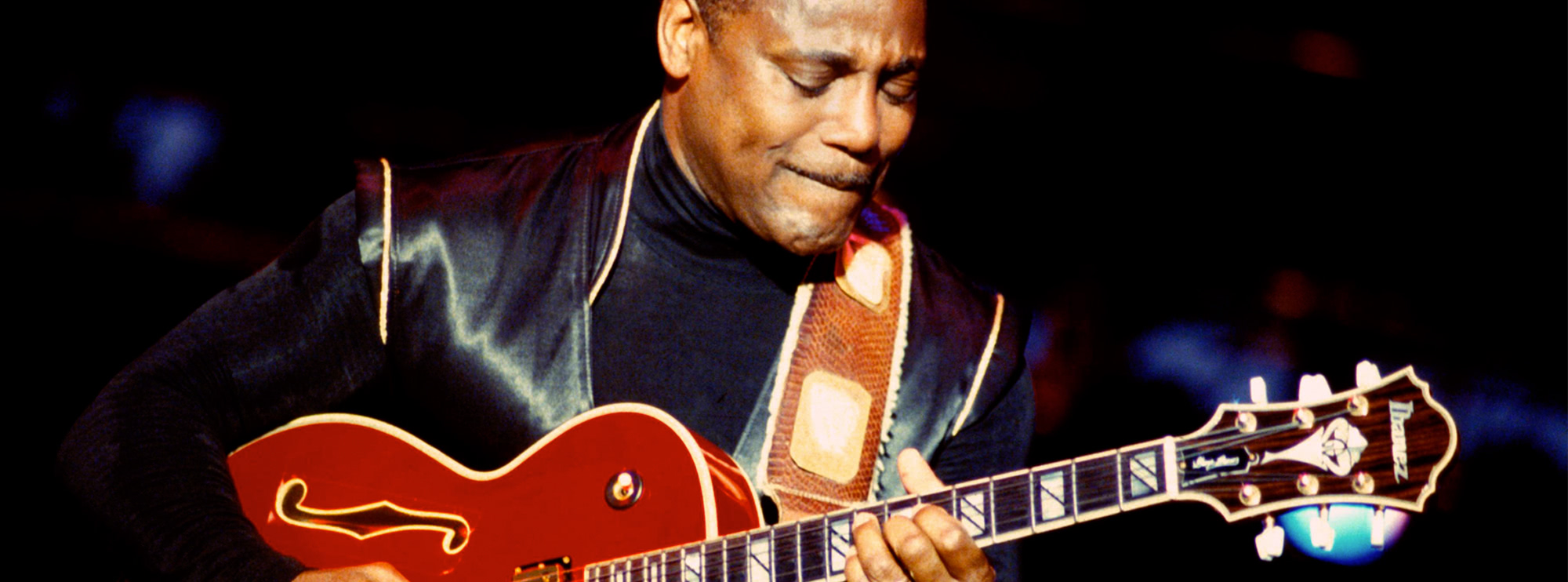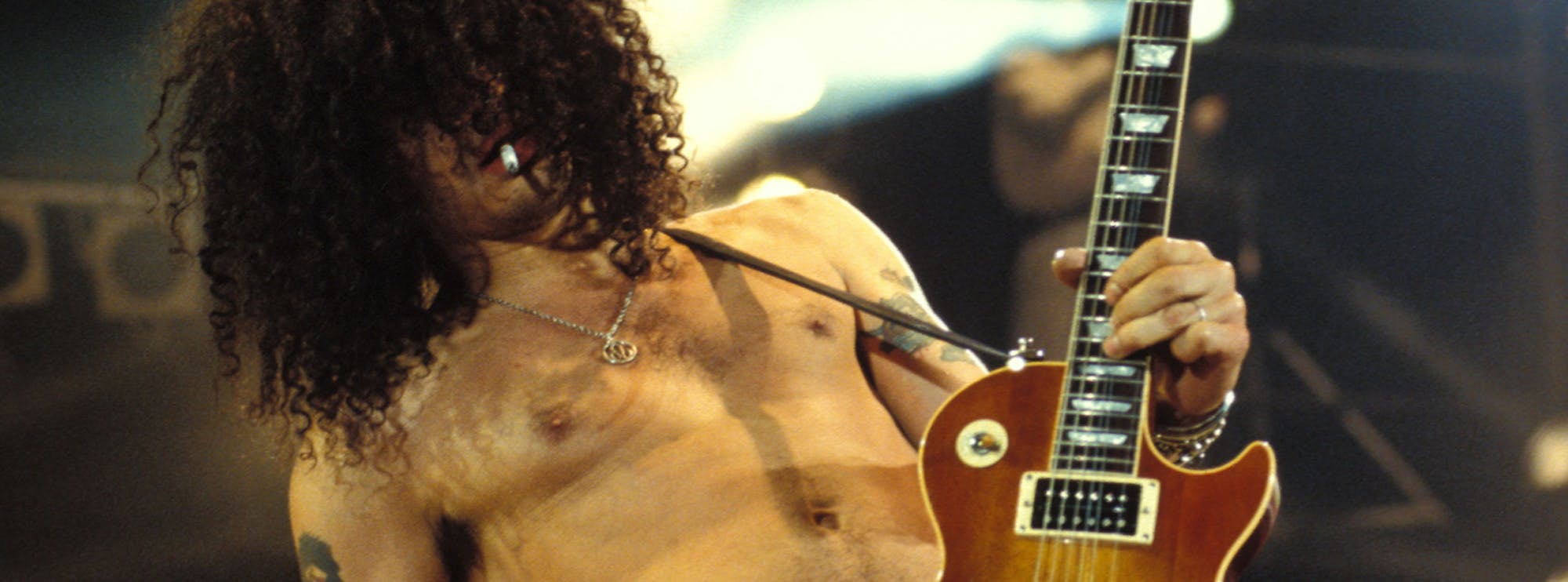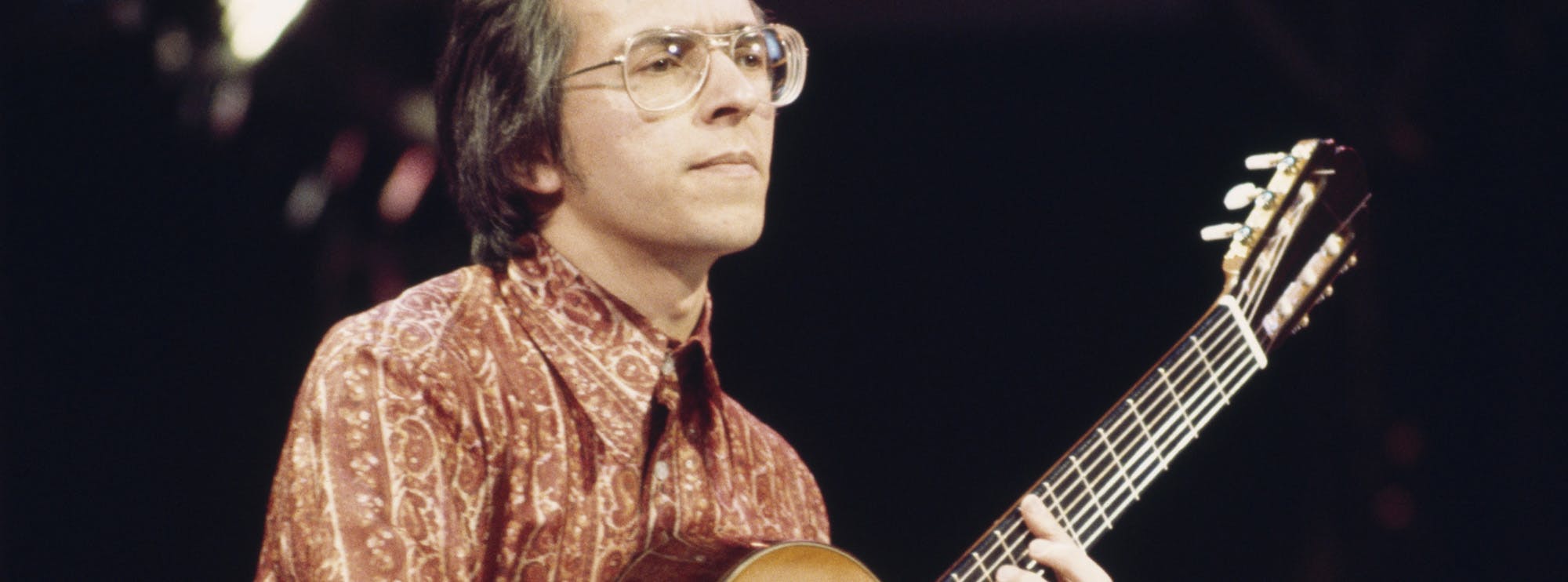'In Bloom': Guitar Lesson
"In Bloom" by Nirvana, from their 1991 groundbreaking album "Nevermind," serves as an essential study material for anyone wanting to understand the raw energy, compositional mindset, and guitar techniques that were crucial in shaping the grunge era. Spearheaded by the iconic Kurt Cobain, the band's frontman and lead guitarist, this song offers a playground of guitar mechanics that appear simple but carry substantial emotional weight. Let's dissect the song from a guitarist's viewpoint, exploring the chords, scales, and the iconic solo, along with the techniques employed by Cobain. Sam Bell walks you through the song note by note.
Scales
"In Bloom" employs the minor pentatonic scale, particularly E minor pentatonic, to convey its raw emotional tone. Cobain did not stick strictly to scales, and he often used chromatic passing tones. However, knowing that the foundation of the song's melody is in the E minor pentatonic scale can give you valuable context when you're improvising or covering the track.
Solo Analysis
The solo in "In Bloom" is a fascinating piece of guitar work. Cobain was never one for shredding or virtuosity. He opted for solos that served the song, and this one is no different. Based around the song's main riff, the solo uses double stops and bends to create a variation that is melodically rich and harmonically simple. He uses these elements to build tension before resolving back to the root note. It is a great study in how to create a memorable solo without relying on speed or technical showmanship.
Kurt Cobain and His Playing Style
Cobain's guitar work on this song is quintessentially his style—minimalistic yet impactful. He had the unique ability to strip down guitar parts to their bare essentials. There's an argument to be made that his tone came more from his hands than any amp or pedal. He would often use downstrokes exclusively to give his strumming a more aggressive attack, making even the simplest power chords feel more urgent and vital. He also employed liberal use of feedback and string noise, all contributing to a raw, "live" sound.
Guitar Techniques Used:
Here are some of the key guitar techniques found in "In Bloom":
- Power Chords: The backbone of the song, easy to grasp but delivering a muscular tonality.
- String Bending: Mostly in the solo section, string bends are employed for emotional emphasis.
- Double Stops: Used in the solo to give it more weight and harmonic interest.
- Chord Progressions: The song employs a classic IV-V-I progression but employs it with power chords, giving it a grunge feel.
- Chromaticism: While not a dominant technique, Cobain does use chromatic passing tones to add a bit of flavor to the riff and solo.
- Palm Muting: Employed to add dynamics to the riff, especially noticeable in the verses.
- Slides: Notably used in the solo, slides help to connect different phrases and add fluidity.
"In Bloom" is more than just another grunge song; it's a lesson in how minimalistic approaches can yield maximum impact. While it doesn't venture into the realm of high-level technicality, it makes up for it by delivering an emotionally resonant performance that's stood the test of time. Its simplicity leaves room for expression and innovation, making it a must-learn for guitarists interested in the grunge genre and beyond.

About The Tutor
Tutor Profile
Sam Bell
Sam Bell has been playing guitar from the age of 4, since then he has played many styles from Funky Blues to screaming Metal/Fusion on 8 string guitar. A member of UK tech metal band ‘Mask of Judas’, he is also currently writing his own solo instrumental album. He also...



